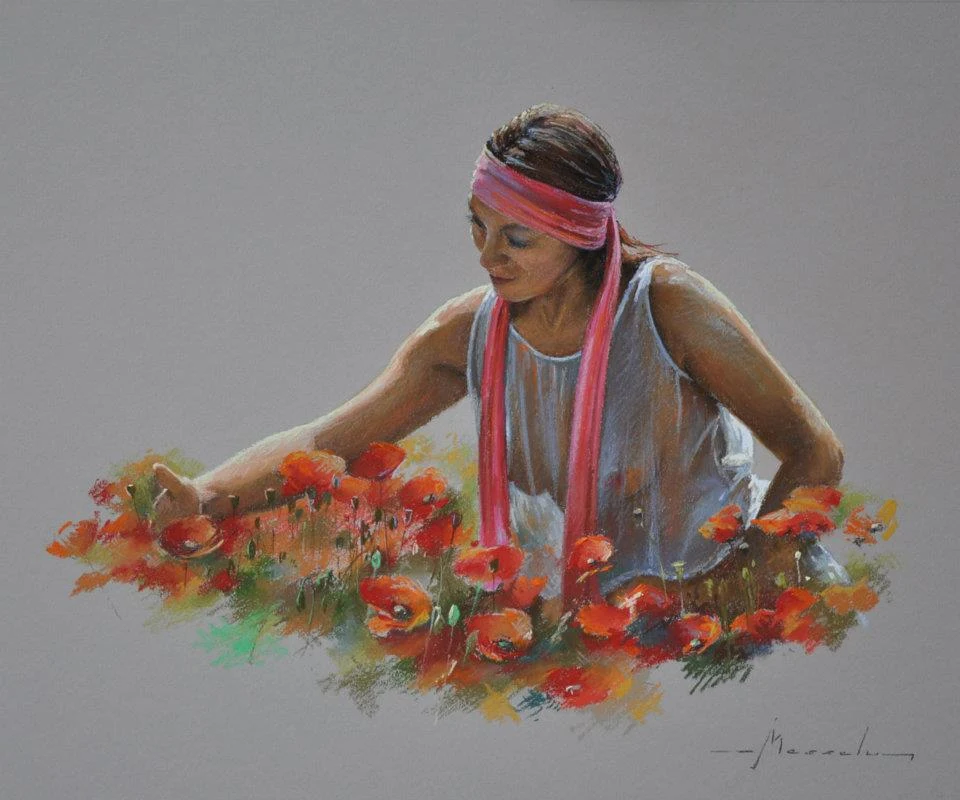The Republic (Greek: Πολιτεία, Politeia) is a Socratic dialogue, written by Plato around 380 BC, concerning the definition of justice (δικαιοσύνη), the order and character of the just city-state and the just man ecc..
It is Plato's best-known work, and one of the world's most influential works of philosophy and political theory, both intellectually and historically.
In the dialogue, Socrates discusses with various Athenians and foreigners the meaning of justice and whether the just man is happier than the unjust man.
Raffaello | Scuola di Atene - Platone / Raphael - The School of Athens (1509-1511)



.jpg)
.jpg)






.jpg)
.jpg)



